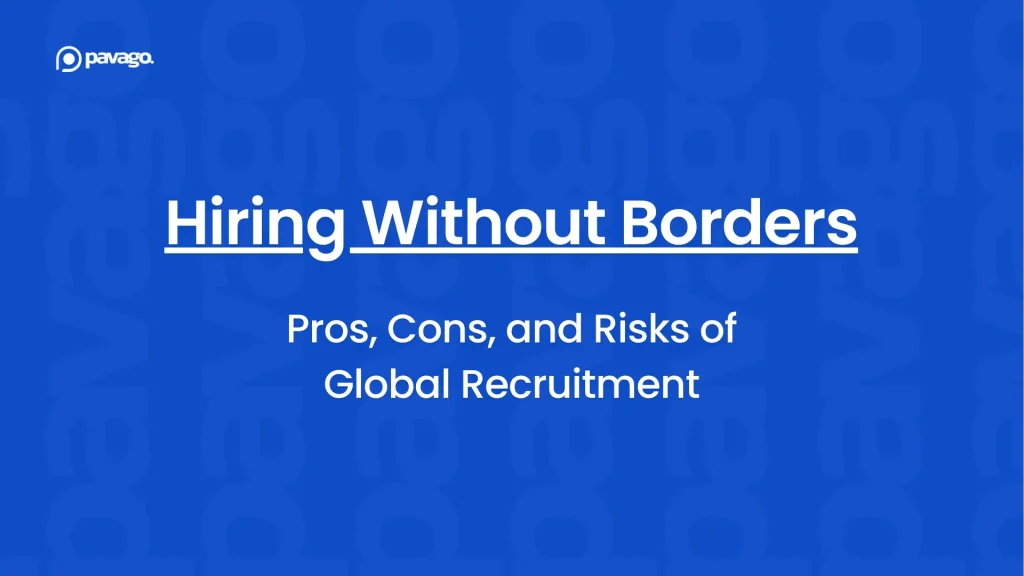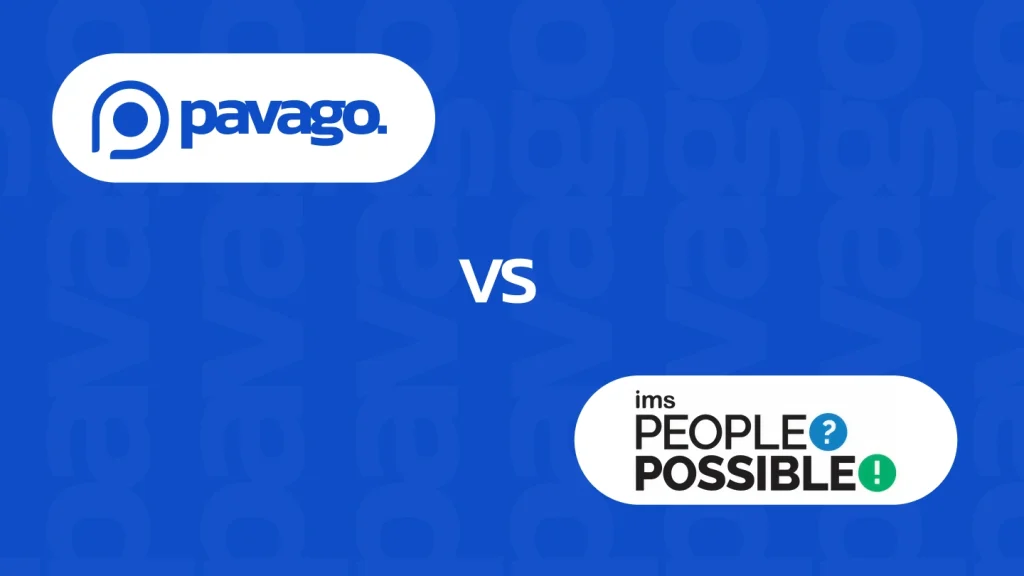If you’re a U.S.-based small business owner looking to outsource operations, admin, sales, or marketing, you’re likely stuck between two options:
- Nearshore (e.g., Mexico, Colombia, Argentina)
- Offshore (e.g,. Philippines, Pakistan, India, South Africa)
Both offer serious savings compared to U.S. hires, but each has tradeoffs. And making the wrong decision can slow down your business, frustrate your team, or waste months of effort.
In this article, we break down the actual differences (not just surface-level opinions) between nearshore vs offshore outsourcing and help you decide which model aligns best with your budget, business model, and hiring priorities.

What’s the Difference Between Nearshore vs Offshore Outsourcing?
Nearshore and offshore are two different approaches to outsourcing foreign employees. Here’s how they differ from each other:
| Criteria | Nearshore | Offshore |
|---|---|---|
| Geography | Closer to U.S. time zones | Further (Asia, Eastern Europe) |
| Time zone overlap | Strong (4–8 hour overlap) | Medium (few hours or async) |
| Hourly rates | Varies depending on role | Varies depending on role |
| Talent availability | Moderate | Very high |
| English fluency | Generally high | Generally very good |
| Cultural alignment | Easier due to proximity | Requires onboarding support |
| Retention/loyalty | High if the role is fulfilling | High when support systems are in place |
Key Insight: Nearshore is often chosen for its proximity and ease of communication. Offshore is chosen for cost-effectiveness and deeper talent pools. The right choice depends on the type of role and how your business operates day to day.
If you’re unsure which option fits your team best, let’s figure it out together.
We’ll walk you through real-world examples, recommend the right model for your needs, and help you start hiring in weeks — not months.
Choosing Between Nearshore and Offshore Talent
When Hiring Nearshore Talent Makes the Most Sense
Nearshore outsourcing is a strong fit when your roles demand real-time collaboration, strong cultural alignment, fluent verbal communication, and availability during U.S. business hours.
Use Case Example: A U.S.-based digital agency hired a Colombian account manager who joined all Zoom calls, ran client reports, and interfaced with U.S. stakeholders daily. The time zone fit and cultural familiarity made onboarding seamless.
When Hiring Offshore Talent Is the Smarter Strategic Move
Offshore outsourcing isn’t just about saving money — it’s about accessing top-tier global talent and building systems around execution.
It’s ideal when your company is running process-driven tasks, can operate async (or with time zone flexibility), and values long-term support that doesn’t break the budget.
Example: One of our clients — a growing e-commerce brand — replaced a $50K/year in-house ops hire with a $1,100/month Virtual Assistant from Pakistan. They now run logistics, supplier coordination, and reporting with total reliability.
Still Not Sure? Use This Hiring Matrix for Nearshore vs Offshore Outsourcing
| Scenario | Our Recommendation |
|---|---|
| Appointment setter working EST hours | Nearshore |
| Customer support is tied to U.S. peak hours | Offshore |
| A sales closer who joins calls and demos | Nearshore |
| SDR for cold outreach (email/DM-based) | Offshore |
| Executive Assistant for the CEO | Nearshore |
| Bookkeeper or Payroll Specialist | Offshore |
| Executive Assistant for CEO | Depends (based on hours) |
Related: Hiring Offshore vs Nearshore Talent – How to Make The Right Call?
What About Quality? Is Offshore Really as Good?
Short answer: Yes — if you vet correctly.
The idea that offshore equals low quality is outdated.
At Pavago, we focus on hiring the top 1% of offshore talent, which means every candidate is pre-screened for communication and fluency, interviewed for cultural alignment, evaluated technically, and trained to work U.S. hours and expectations.
Many of our offshore hires outperform U.S.-based staff in both output and attitude — not because they cost less, but because they’re grateful for the opportunity and see it as a career, not a gig.
Want to see what top 1% offshore talent actually looks like?
Schedule a free consultation with us and we’ll walk you through vetted profiles, expected ROI, and how quickly you can start scaling with the right hire.
Can I Use Both Nearshore and Offshore Talent?
Yes — and many growing businesses do.
The most efficient teams often use a hybrid global model:
- Nearshore for client-facing roles or team leads
- Offshore for execution-heavy roles or operational backbones
Example team buildout:
- Nearshore Account Manager from Argentina
- Offshore Executive Assistant from Pakistan
- Offshore Bookkeeper from the Philippines
- Remote Appointment Setter from Kenya
- Nearshore Operations VA from Mexico
This approach gives you time zone flexibility, round-the-clock output, and multiple cost-effective hires, without sacrificing quality.
Why Most Pavago Clients Choose Offshore
We support both nearshore and offshore hiring. But 80%+ of our clients go offshore — here’s why:
- Access to specialized roles in finance, ops, and engineering
- Lower cost per hire (so they can build full teams)
- Faster hiring speed (2–3 weeks from intake to start)
- Full support — sourcing, interviewing, compliance, payroll, onboarding, and replacement guarantees
And perhaps most importantly, we make offshore feel like nearshore. Our hires work U.S. hours, communicate clearly, and fit into your existing team rhythm without friction.
Frequently Asked Questions
Conclusion: Make Outsourcing Work for You
You don’t need to guess your way through nearshore vs offshore outsourcing. You need clarity on your role requirement, confidence in your vetting process, or simply a partner who’s done it all before.
Book a call with our team today – we’ll help you:
- Decide between nearshore vs offshore outsourcing
- Build a hiring roadmap
- Source and place A-player talent with zero guesswork
















